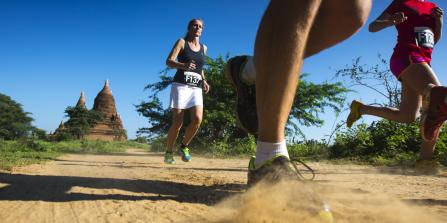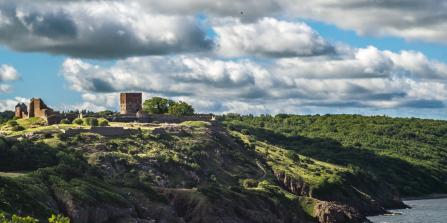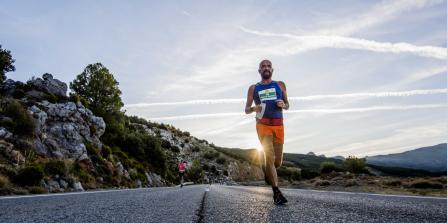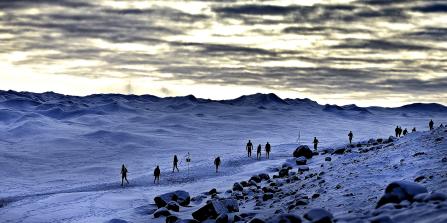The first marathon to take place in Paris was as early as 1896 and the official distance was 40km. Present day's Paris Marathon is limited to 40,000 entrants, and the maximum is reached almost every year - usually as early as six months before race day.
Throughout the marathon, runners get a good view of the magnificent city and some of its famous sights. The course starts in front of the Triumphal Arch and continues down the broad Champs Elysées. The route passes through two Parisian woods and past fabulous landmarks such as the Eiffel Tower, Notre Dame Cathedral and Place de la Bastille. A large part of the course runs along the banks of the calmly flowing Seine River providing pleasing scenery and ensuring flat streets at the same time. The wide avenues at the start prevents overcrowding, and the overall flatness of the course makes it fairly fast. PB setting is definitely an option..
If the historic city, the world-famous sites and the peaceful, shady parks don’t quite do it for you, you can count on the 250,000 onlookers and the 70 music scenes to keep you going. And if that isn’t enough, you can always look forward to the red wine and cheese served at the 35km mark – apparently, the organisers want you to be absolutely sure that you’re in France.
If a 42km jog on Parisian pavements doesn’t sound like your favourite pastime but you still want a chance to run this beautiful city and experience the intense atmosphere of a marathon, you can do the 5.2km Breakfast Race on race day. Or – if you’re really tough – use the race as a warm-up for the marathon. The Breakfast Race course will take you past the Eiffel Tower, the imposing Trocadéro and almost up to the Triumphal Arch. There is also the possibility of a half marathon, if you plan your trip to Paris in March. The 1/2 marathon shares most of its course with the full marathon.
Find out more on registration at the official Paris Marathon website here.






















